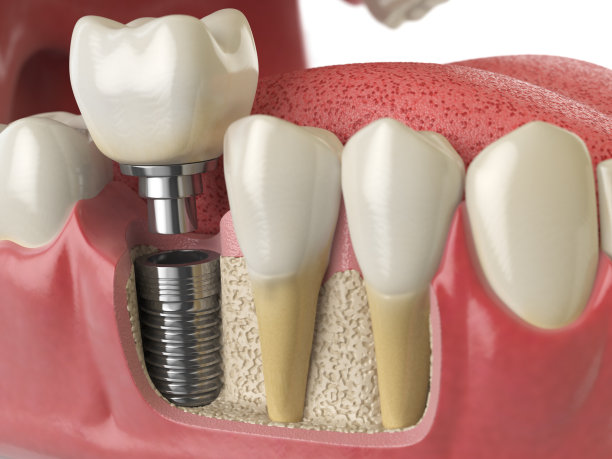The Essential Guide to Extracting a Tooth What to Expect and How to Care for Your Smile
Summary: Tooth extraction is a common dental procedure that often causes anxiety for many individuals. Understanding what to expect before, during, and after the procedure can significantly alleviate this stress. This guide provides insights into the reasons for tooth extraction, describes the procedure itself, outlines post-extraction care, and emphasizes the importance of maintaining oral hygiene for a healthy smile. By being well-informed, patients can approach the process with confidence, ensuring a smoother transition towards recovery and optimal dental health.
1. Understanding the Reasons for Tooth Extraction

Tooth extraction may be necessary for various reasons. One of the primary reasons patients undergo this procedure is due to severe dental decay. When a tooth is beyond repair, extraction is often the best course of action to prevent the infection from spreading to other teeth.
Another common reason for tooth extraction is overcrowding. In orthodontics, removing specific teeth can create space for remaining teeth to align correctly, leading to improved bite and aesthetics.
2. What to Expect During the Extraction Procedure
The tooth extraction process generally begins with a thorough examination and imaging of the affected area. Once the dentist has assessed the situation, they will explain the procedure and address any concerns you might have.
Local anesthesia is commonly administered to numb the area around the tooth, ensuring the patient does not experience pain during extraction. In some cases, general anesthesia may be recommended, especially for more complex extractions.
3. Post-Extraction Care for Optimal Healing
After the extraction, proper care is crucial to ensure an effective healing process. Patients should bite down gently on a gauze pad for about 30-45 minutes to help stop any bleeding. It is important to avoid disturbing the extraction site for the first 24 hours.
In the days following the extraction, patients should limit their physical activity and follow a soft-food diet to reduce irritation to the area. Foods like yogurt, applesauce, and smoothies are good options during this time.
Additionally, patients should follow the dentists advice regarding pain management. Over-the-counter medication or prescribed pain relievers can help minimize discomfort, and ice packs can be applied to the outside of the cheek to reduce swelling.
4. The Importance of Maintaining Your Smile Post-Extraction
Once healing has begun, maintaining oral hygiene becomes paramount. Patients should continue brushing and flossing their teeth while being cautious around the extraction site. It is advisable to avoid using mouthwash containing alcohol during the initial healing period, as this can irritate the area.
Regular dental check-ups after extraction are vital to monitor healing and ensure that no complications arise. During these visits, dentists can provide personalized advice and more thorough care options, contributing to overall oral health.
Finally, adopting preventive measures can help avoid future extractions. This includes regular dental visits, good oral hygiene practices, and a balanced diet to keep teeth healthy and strong.
Summary:
This guide emphasizes the importance of understanding the tooth extraction process, what to expect during and after the procedure, and the significance of maintaining proper oral hygiene post-extraction. By following the outlined steps and recommendations, patients can recover quickly and improve their overall dental health.
This article is compiled by Vickong Dental and the content is for reference only



